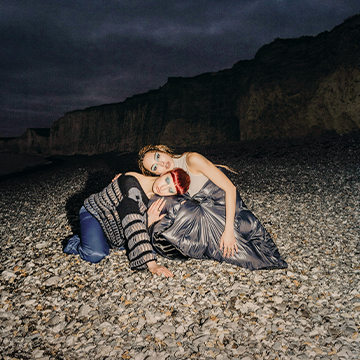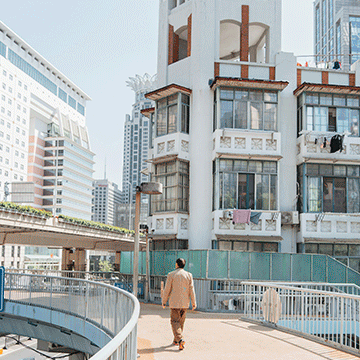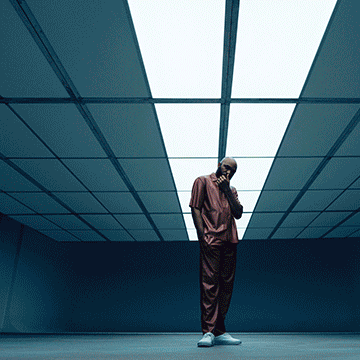Download Assets
description
On day 23, we’ll teach you basic retouching in Photoshop to make your subject look their best. Learn to remove blemishes, reduce redness, and brighten eyes and skin. This tutorial uses easy techniques to enhance your photos and add a professional touch to your work.
Follow along with all 30 episodes as we explore the the magic of Photoshop together!
Watch Next
JOIN 30 DAYS OF PHOTOSHOP (FOR FREE!)
Ready to jump in? Sign up and we’ll email you a printable calendar and daily class schedule so you can get started right away!
Image Source
- Vince Fleming
Images sourced from Unsplash.
Share
AFTER
BEFORE
Retouch Like A Pro
What should come first in the retouching process? What should you do last? We’ll break down the workflow of a seasoned retoucher, showing you each step in the process in an order that will help you work more efficiently while getting a polished, professional result.
Removing Blemishes First
To begin, start with blemish removal.
1. In Photoshop, create a new layer to work non-destructively.
2. Select the Remove Tool and ensure the mode is set to Auto. You can change the highlight color in the settings to something more visible, like chartreuse, to easily see what you’re painting over.
3. Simply paint over any small spots, blemishes, or distracting elements like stray hairs. This tool intelligently removes the selected area by blending it with the surrounding pixels. By doing this first, any subsequent color or light adjustments will apply correctly to the newly retouched skin.
Adjusting Skin Color
Next, tackle any unwanted skin redness.
4. Add a new Hue/Saturation adjustment layer.
5. In the Properties panel, select the reds from the dropdown menu and use the eyedropper tool to click on a red area of the subject’s face. To better see the area you’re targeting, temporarily boost the hue and saturation sliders to their maximum. This will make the affected areas stand out. Then, use the sliders below to fine-tune the selection until only the red areas are highlighted.
6. Now, reset the hue and saturation sliders to zero and gently slide the Hue to the right to shift the reds towards a more natural orange tone.
7. Remember to use a black brush on the layer mask to paint out the adjustment from areas like the lips, keeping their natural color. To use the Brush Tool (Keyboard Shortcut “B”), and to swap your foreground and background colors, press X.
Brightening Eyes
For the final touch, brighten the subject’s eyes to make them pop.
8. Create a new Brightness/Contrast adjustment layer and slightly increase the brightness.
9. To apply this change only to the eyes, invert the layer mask by pressing Ctrl/Cmd + I, which will make it black and hide the effect.
10. With a soft, low-flow white brush, carefully paint over the irises and the whites of the eyes to selectively reveal the brightness adjustment. This adds a subtle sparkle and liveliness to the subject’s gaze.
11. You can repeat this process for another adjustment layer if you want to also brighten the area around the eyes, like the eye sockets and under-eye area.
We’re all set for today! In tomorrow’s episode, we will take a deeper dive into more advanced retouching techniques, including how to work on skin texture at a pore level to achieve truly professional-grade results.












